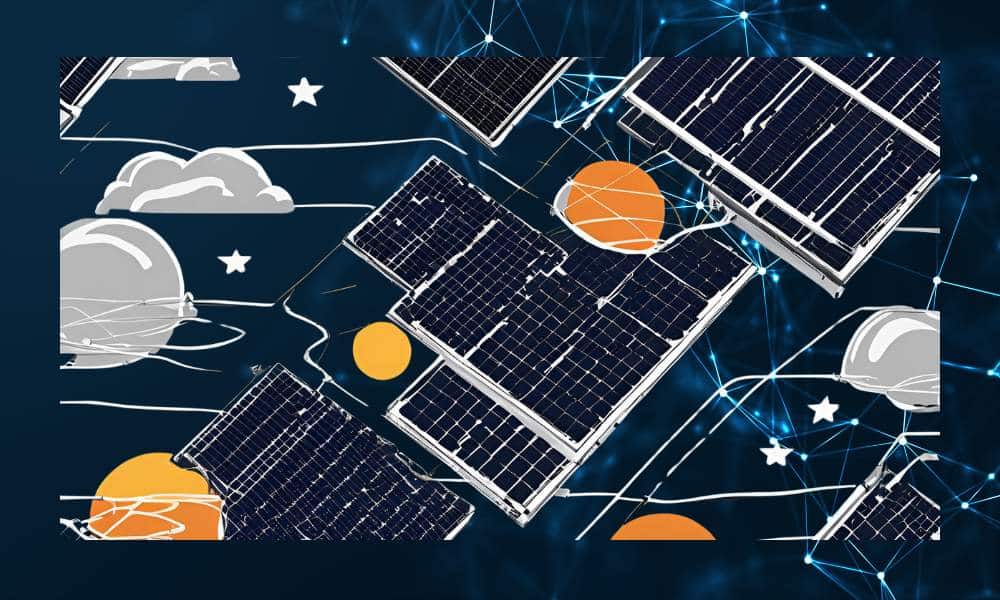Solar energy is becoming more advanced as new technologies are developed. Australia has seen a significant improvement in solar technology from battery technologies, and solar PV systems, to solar-powered vehicles. Here, we’ll discuss the future solar innovations in Australia.
New battery technologies

Solar batteries are becoming more apparent in many homes and businesses today. This is because of the convenience it provides, allowing property owners to store excess energy produced by their solar panels. This stored energy can be used in case of blackouts and can even be sent back to the grid.
In 2023, a team of researchers from Monash University in Melbourne developed a new lithium-sulphur (Li-S) battery design that can reduce the amount of lithium needed while boosting durability. It can also hold more energy and will be more affordable than lithium-ion batteries that can be used to power electric vehicles (EVs) and mobile phones.
Earlier this year, the Australian Renewable Energy Agency (ARENA) provided $2.85 million in funding under the Regional Microgrids Program to trial two novel long-duration energy storage technologies at remote microgrids in Western Australia (WA). WA’s energy provider, Horizon Power, will install and trial Redflow’s zinc-bromine flow battery and BASF’s sodium sulphur battery on WA microgrids. It will test each battery’s ability to shift rooftop solar energy produced during the day to the evening. The project will also show hybrid operability alongside lithium-ion batteries for optimal network service delivery.
Zinc bromine flow batteries and sodium sulphur batteries can stand higher ambient temperatures over long periods and maintain reliable power with lower degradation. If successful, it will be most useful in remote community microgrids and will be more advantageous over current lithium-ion technology.
In May, the Albanese Government released the first National Battery Strategy in Australia, which supports a Future Made in Australia. This is in preparation for the global demand for batteries, which is set to quadruple by 2030. The strategy involves building Energy Storage Systems (ESS) to firm renewable power generation in the national grid, provide battery active materials to the world, and build batteries for the transport manufacturing industry.
Energy Matters is the best provider of solar power in Australia through its extensive partnership network of leading installers. Get FREE quotes for your solar batteries today.
Solar PV

In 2022, the Australian Centre for Advanced Photovoltaics (ACAP) was granted $45 million in ARENA funding to extend operations of their solar PV research to 2030. Initially, the research was to end in 2023, but the new funds grant extension to the development of next-gen solar energy tech and support ultra-low cost solar.
Ultra-low cost solar is aligned with ARENA’s 30-30-30 vision and will reduce the cost of renewable electricity for heavy industrial processes.
Mid-scale solar projects are also gaining traction and are one most-watched innovations today. These plants can generate up to 5MW for AC and 5.8 MW for DC with ESS. What sets it apart from large-scale solar PV installations is that it can run independently. In 2017, there were 12 industrial rooftops in Eagle Farm with medium-scale solar installations.
There is also the 5B Maverick, a ground-mount system that allows for quick deployment and energy density. It can generate around twice as much energy per unit of land compared to single-axis trackers. The goal is to democratise access to solar energy and address labour shortages whilst improving the distributed generation sector with novel deployment and financing flexibilities.
Energy Matters is Australia’s leading provider of solar quotes. If you’re looking to install rooftop solar panels, we can provide you FREE quotes from our trusted network of solar installers.
Solar-powered electric vehicles

Solar-powered vehicles are powered by direct solar energy with PV panels that can recharge their batteries with solar energy. This is an emerging innovation as not all EVs can incorporate solar panels into their technology. Still, there are brands that have been successful so far.
EVX Ventures is an Australian company that has created a prototype solar sports car, the Immortus. The car’s body is covered with solar PV panels that allow it to run on solar power. However, this isn’t available yet on the market.
Aptera Motors based in the United States has a solar electric vehicle that is now available for pre-order in Aussie. The Aptera Solar Electric Vehicle (SEV) is a three-wheeled vehicle with solar energy and plug-in charging. Its solar system produces up to 64 km of range per day and can travel up to a thousand miles on a single charge from its battery.
Sunswift, a team from the University of New South Wales has also developed Violet. The vehicle is built for functionality and comfort and can seat four people. It can travel up to 800km range on a single charge.
With rising solar technologies, there’s no doubt that we’ll see more solar-powered vehicles soon.

Corporate shift
Solar innovations can also be felt in the corporate world. AGL Energy is investing in solar projects and renewable energy solutions. This shows that corporations are seeing the potential for long-term success in renewable energy. It is also a response to rising consumer demand, regulatory pressures, and economic opportunities brought by renewable energy.
Australia is indeed, at the forefront of solar energy innovation. From new energy battery technologies to established corporations recognising the long-term benefits of solar. These solar advancements are all paving the way for a more sustainable future.













































